Many small businesses and startups struggle on balancing their limited marketing efforts between improving customer lifetime value/retention & finding new customers. I thought it might be worthwhile to write a post here and get readers some perspectives.
Customer Lifetime Value (CLV), simply put, is the profit you are expected to receive from sales and services to a particular customer in the future. It is based on historical data, but it tells on the future. CLV is affected by the expected lifespan of a particular customer with your product/services; average revenue per user in each time period and your gross margin.
Customer Acquisition Cost (CAC) is the cost associated with convincing a consumer to buy your product or service, including research, marketing, and advertising costs.
Needless to say, both metrics are very important. However, if you are constrained by resource, focusing on the lifetime value maybe more meaningful. Jeremy in his blog mentioned a few reasons:
1, Majority of the improvements you make to CLV will improve CLV for all users, both current and future, and regardless of channel of acquisition. On the other hand, many of the improvements you make to CAC are channel specific and they do not benefit existing customers, only new customers. You get more leverage out of your efforts on CLV and the deal is better.
2, CLV is the lifetime value of a customer, and it is typically higher than CAC, so an x{3219a3b63c53d005d3cca3cd86f6c5ddabb5eb17d9c978e18728be2631d9f4b6} increase in CLV has more impact to the company than an{3219a3b63c53d005d3cca3cd86f6c5ddabb5eb17d9c978e18728be2631d9f4b6} reduction in CAC.
Besides that, I’d like to add point three:
3. The happy customers generated by improving CLV would open up new acquisition channels such as customer referrals; and focusing on CLV early on would make decision-making on marketing channels more logical and more results-driven.
Eric


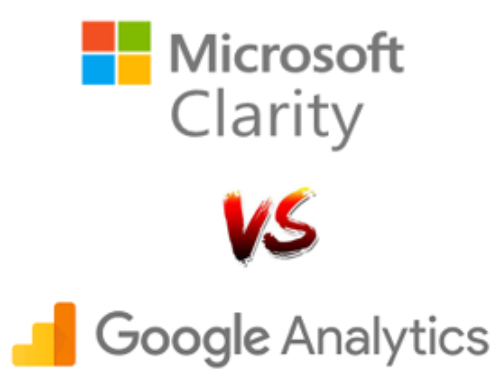
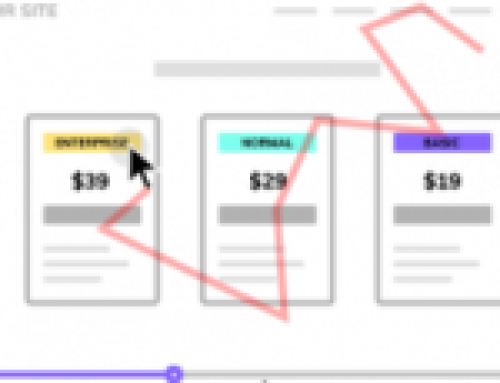
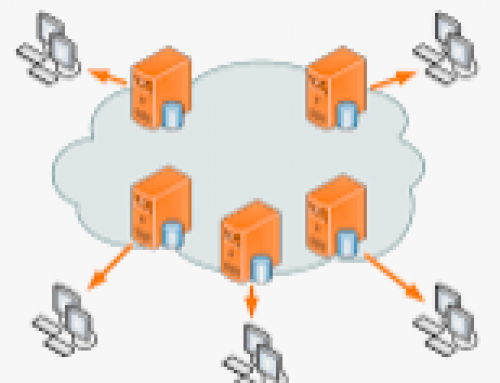
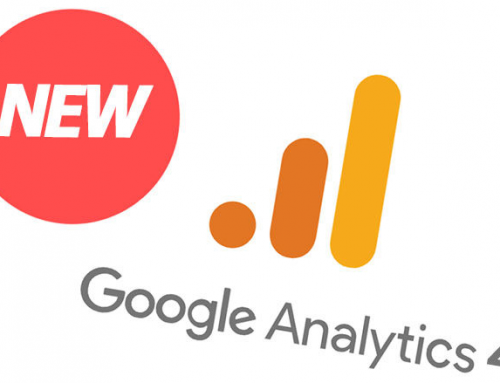
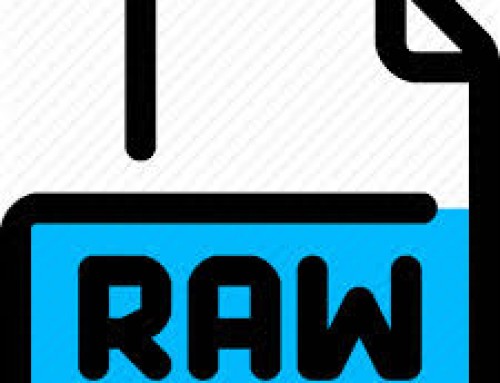
Leave A Comment